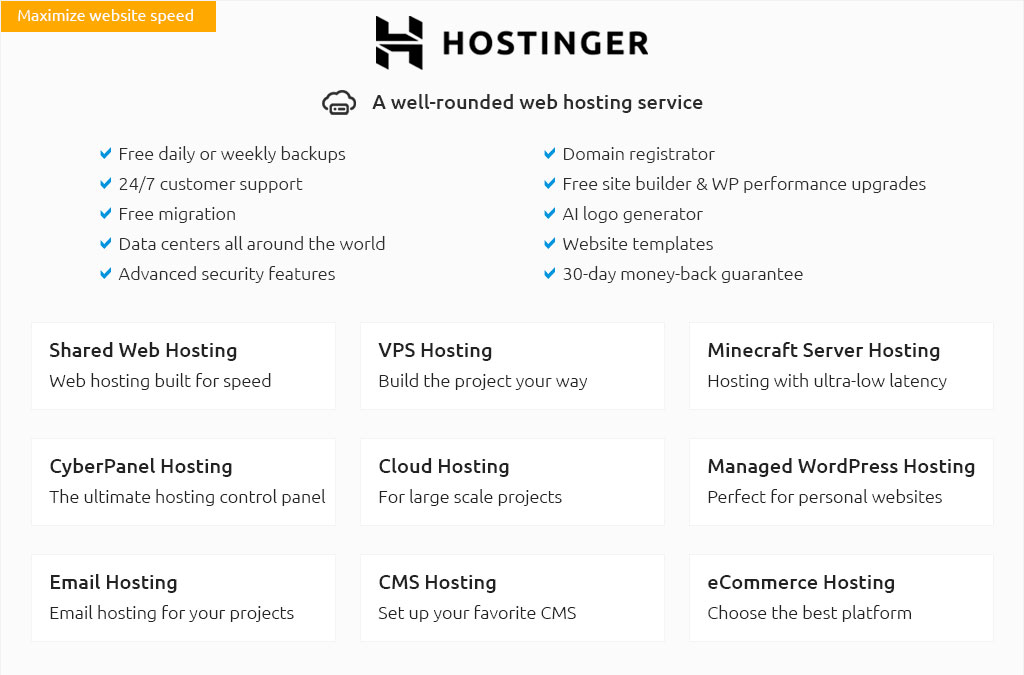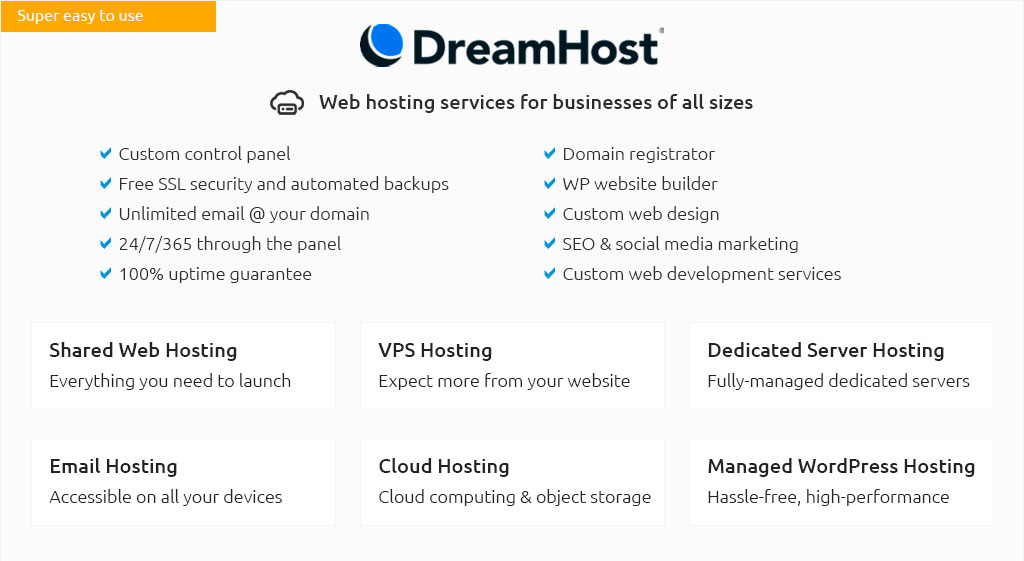 |
|||
 |
 |
 |
|
 |
|
 |
 |
 |
|||
 |
|||
 |
|||
 |
|||
 |
 |
aws server hosting cost: what actually drives your billCore pricing piecesThe price of running servers on AWS depends on a handful of moving parts: the compute you choose, the storage attached, and how much data leaves the platform. Instance size and family matter; a burstable t3 can be pennies per hour, while a high-memory class quickly adds up.
Ways to control spendMatch capacity to demand with Auto Scaling, rightsize instances, and use Savings Plans when workloads are steady. Keep cold data in S3 or infrequent-access EBS tiers, and prune snapshots. For new projects, start small and measure. Tag resources, set budgets and alerts, and review the monthly bill details by service. The free tier can cover tests, but production needs guardrails. With a few habits-measure, optimize, and commit where it makes sense-aws server hosting cost stays predictable.
|